Planning a Medicinal Garden: Nature’s Care for Your Family
In the quest for natural and holistic health care, many of us are turning back to the roots—quite literally—by integrating medicinal herbs into our gardens. These plants offer gentle yet effective remedies for a variety of common ailments. Here’s a guide to creating your own medicinal garden with eight essential herbs that are as easy to grow as they are to use.
Lemon Balm (Melissa officinalis)
Lemon balm features deep green leaves with a lemony scent and small, white flowers during summer. This herb thrives in full sun to partial shade and prefers well-drained soil. It's hardy and spreads quickly, so consider containing its growth to prevent it from overtaking your garden.
Uses: Lemon balm, with its delightful citrus scent, is a wonderful herb for calming the nervous system. It’s particularly effective in easing stress, anxiety, and insomnia. A simple lemon balm tea can be a soothing bedtime ritual for the whole family.
Marshmallow Root (Althaea officinalis)
Marshmallow plant grows tall stalks with pale pink flowers and velvety leaves. The root is famed for its soothing effect on the digestive and respiratory systems, helping with coughs, ulcers, and skin irritations. It loves sun but tolerates partial shade. Marshmallow requires moist, well-drained soil and can handle the cold of Zone 5b well. Mulch around the plant to retain moisture.
Uses: Marshmallow root is known for its soothing properties, especially for the digestive and respiratory systems. It can relieve irritation by forming a protective layer on the mucous membranes. Use it in teas or syrups to ease sore throats, coughs, and digestive discomfort.
Chamomile (Matricaria chamomilla)
Chamomile has daisy-like flowers with white petals and a yellow center, accompanied by feathery green leaves. Chamomile tea is a go-to remedy for a peaceful sleep, reducing stress, and soothing stomach aches. Prefers full sun and well-drained soil. It's quite drought-tolerant once established, making it a low-maintenance addition to your garden.
Uses: Chamomile is a gentle, calming herb that’s perfect for all ages. It can help with sleep, reduce anxiety, and soothe stomach aches. Chamomile tea is a well-loved remedy for easing into a restful night or calming a troubled tummy.
Comfrey (Symphytum officinale)
Warning: Comfrey should be used externally only.
Comfrey has broad, hairy leaves and bell-shaped flowers, typically purple or blue. Comfrey is used externally for healing wounds, sprains, and broken bones due to its anti-inflammatory properties. Comfrey is not fussy about soil and can grow in full sun or partial shade. It's a robust plant that can spread, so allocate space accordingly.
Uses: Known as the "knitbone," comfrey has a long history of use for healing wounds, bruises, sprains, and broken bones. Its leaves can be used in poultices or creams to help reduce inflammation and speed up the healing process.
Echinacea (Echinacea spp.)
Echinacea produces stunning cone-shaped flowers, ranging from pink to purple, with a prominent central cone. Known to boost the immune system and can reduce the symptoms of colds and flu. Thrives in full sun and well-drained soil. It's drought-tolerant and resilient, perfect for Zone 5b gardens.
Uses: Echinacea is renowned for its immune-boosting properties. It can help reduce the severity and duration of colds and flu. Start taking echinacea at the first sign of illness to boost your immune system. It can be used in teas, tinctures, or capsules.
Calendula (Calendula officinalis)
Bright orange or yellow flowers make calendula easy to spot in the garden. Calendula is great for skin, treating everything from cuts to burns, due to its anti-inflammatory properties. Prefers full sun and moderate water. Calendula can grow in a variety of soil types but flourishes in well-drained, fertile soil.
Uses: Calendula flowers are not only beautiful but also have powerful healing properties for the skin. They can be used in salves, creams, and oils to soothe cuts, burns, rashes, and other skin irritations, making it a must-have for natural first aid.
Yarrow (Achillea millefolium)
It has feathery foliage and clusters of small, flat-topped flowers in shades of white, yellow, pink, or red. Yarrow is used for its anti-inflammatory and analgesic properties, helpful in treating wounds and promoting skin health. Yarrow is drought-resistant and thrives in full sun with well-drained soil. It's an easy-care plant ideal for beginners.
Uses: Yarrow is a versatile herb known for its ability to stop bleeding, reduce fever, and support digestion. It’s excellent for first aid, as it can be applied directly to wounds or taken internally to help with fever and illness.
Catnip (Nepeta cataria)
Catnip has heart-shaped, gray-green leaves with fine hairs and small, lavender flowers. Beyond its well-known effects on cats, catnip can help humans with insomnia, anxiety, and digestive issues. It prefers full sun to partial shade and well-drained soil. Catnip is drought-tolerant once established and can spread vigorously.
Uses: While most famous for its effect on cats, catnip is also beneficial for humans, particularly in relieving digestive issues, insomnia, and anxiety. A tea made from catnip leaves can be a great way to relax and unwind after a stressful day.
These herbs serve as a starting point for integrating easy natural remedies into your daily life. As you tend to your garden, you’ll find that these plants provide more than just physical healing—they also bring a sense of peace and connection to the natural world.
Remember, while these herbs are generally safe, it’s important to consult with a healthcare professional before using any herbal remedies, especially if you or a family member are pregnant, nursing, or on medication.
Embrace the power of nature in your garden and in your home. Happy gardening!

